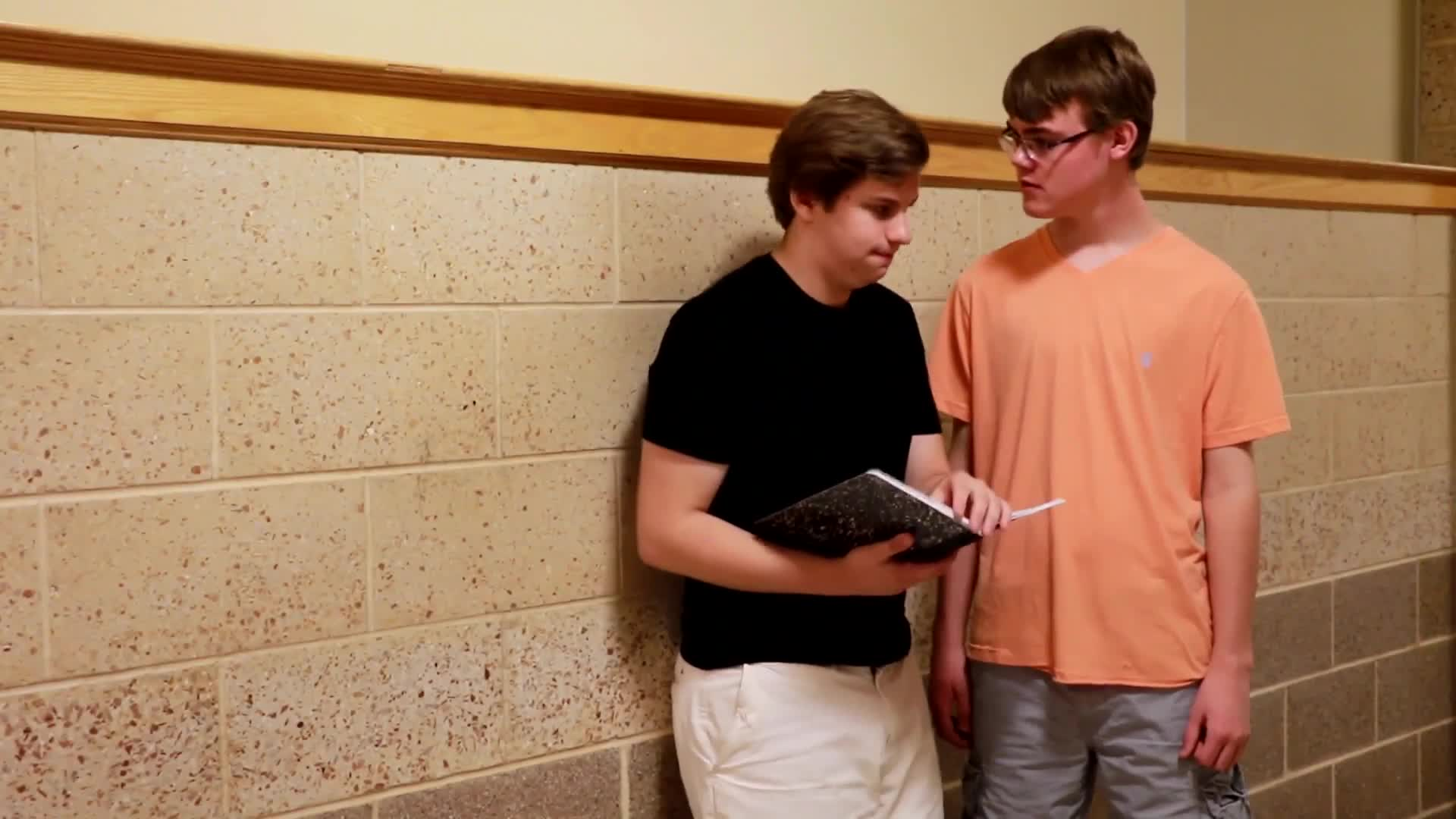
As educators, we understand the importance of teaching our students how to communicate effectively and comfortably with others. One often overlooked aspect of communication is maintaining an appropriate personal space. In this blog post, we will explore the importance of personal space, provide a no-prep activity to teach this skill, and discuss related skills that are essential for elementary students.
Introduction
Personal space is the physical distance that people maintain between themselves and others during social interactions. It is a critical skill for students to learn, as it helps them to build positive relationships with their peers and avoid making others feel uncomfortable. By understanding the concept of personal space and knowing how to maintain it, students can communicate more effectively and improve their overall social-emotional well-being.
No-Prep Activity: The Arm’s Length Rule
Here’s a simple, no-prep activity that educators can use to teach their students about maintaining personal space:
- Ask your students to stand up and find a partner.
- Have the students stand facing their partner, and instruct them to extend one arm out, so that their fingertips are just touching their partner’s shoulder.
- Explain that this distance is a good rule of thumb for maintaining an appropriate personal space during conversations. This is called the “Arm’s Length Rule.”
- Have the students practice having a conversation with their partner while maintaining this distance. Encourage them to be mindful of their personal space throughout the conversation.
This activity not only helps students understand the concept of personal space but also allows them to practice and apply the skill in a controlled environment.
Discussion Questions
After completing the activity, use these discussion questions to further explore the topic of personal space:
- Why is it important to maintain personal space during conversations?
- How does maintaining personal space affect your comfort level when talking to others?
- Can you think of a time when someone was too close or too far away during a conversation? How did that make you feel?
- What other factors might influence the appropriate amount of personal space in different situations?
- How can you apply the Arm’s Length Rule in your everyday interactions with others?
Related Skills
Teaching students to maintain personal space is just one aspect of fostering their social-emotional development. Other related skills that are important for students to learn include:
- Active listening: Paying attention and responding appropriately to others during conversations.
- Non-verbal communication: Understanding and interpreting body language, facial expressions, and other non-verbal cues.
- Respect for boundaries: Recognizing and respecting the personal boundaries of others, both physically and emotionally.
- Empathy: Understanding and sharing the feelings of others, and offering support when needed.
Next Steps
Helping students develop strong social-emotional skills is essential for their success in school and beyond. To get started with teaching personal space and other related skills, sign up for free sample materials at Everyday Speech. These resources provide engaging and effective activities to help students practice and internalize essential social-emotional skills.

